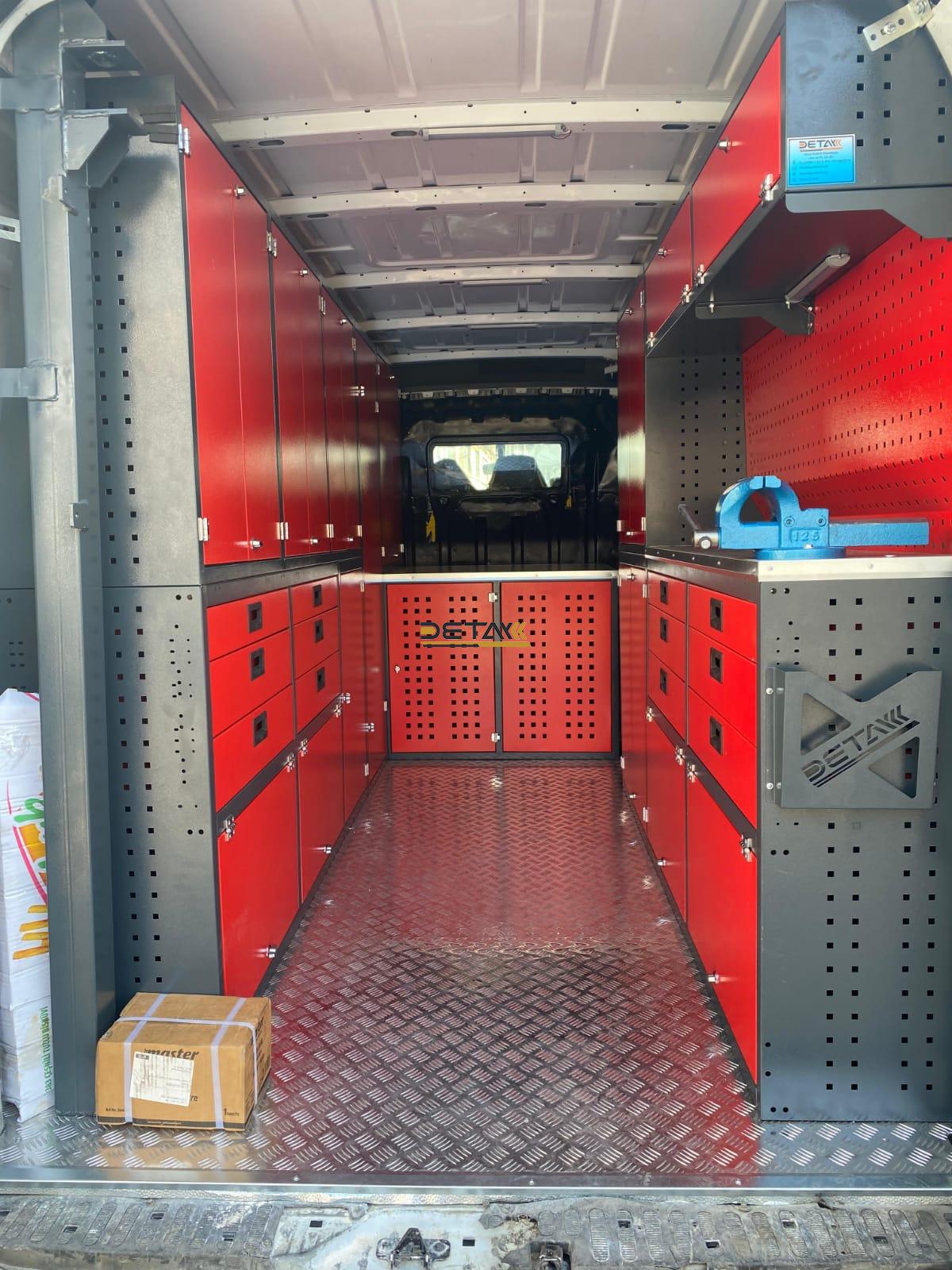🚑 Storage in Emergency Vehicles: The Secret to Life-Saving Organization! 🚨
Hey there! 👋
Today, we’re diving into a world where every second counts: emergency response vehicles. 🚒 Picture this: A paramedic scrambling in the back of an ambulance can’t find the equipment needed during CPR. Or firefighters delayed because hose nozzles are scattered. That’s why shelves and cabinets in these vehicles are the unsung heroes. Let’s break down why this detail is critical!
⏱️ “Organization Saves Lives”: Why Storage Systems Matter
Last year, I volunteered with a search-and-rescue team. During training, they emphasized equipment organization, and I thought, “They’re exaggerating!” Then came a midnight car accident. Fumbling through a cluttered cabinet for bandages in the dark, I realized the victim was bleeding out. That moment taught me: Where things are placed can mean someone’s life.
What do the stats say? According to the WHO, shaving 10 seconds off equipment access time boosts survival rates by 15%. Translation: Smart storage doesn’t just improve stats—it saves real people.
📊 Comparison Time: Which Storage System Works Best?
Emergency vehicles use varied storage solutions. Here are the top 3 types and their features:
| System Type | Pros | Cons |
|---|---|---|
| Fixed Shelves | Affordable, vibration-resistant 🔧 | Inflexible, space-limiting 📏 |
| Modular Drawers | Quick access, customizable 🚀 | Time-consuming setup, pricey 💸 |
| Magnetic Panels | Tools float in mid-air! Zero floor space 🧲 | Not for heavy equipment ⚖️ |
For example, ambulances use modular drawers to keep defibrillators and meds within reach, while disaster response trucks might organize shovels and cutters on magnetic panels (like Hammond Manufacturing’s solutions).
💡 Insight: Organization = Speed + Safety
Good storage isn’t just tidying—it’s about managing crisis psychology. Because:
-
Stressed teams make more mistakes in chaos. A Journal of Emergency Medicine study shows organized vehicles cut response times by 30%.
-
Waterproof shelves extend gear lifespan (slashing maintenance costs! 💧).
-
Color-coding saves time—like red zones for critical tools. 🚩
But beware! Over-customization backfires. A firefighter friend customized compartments for every tool, only to panic during a blaze, yelling, “Which slot was that in?!” 🔥 They reverted to simplicity.
🚒 Real-Life Example: Paramedic Ayşe’s Story
Ayşe has driven ambulances for 8 years. Previously, cabinets followed a “toss it in” logic. During a cardiac arrest, finding an IV kit took 20 seconds—enough to raise the patient’s brain damage risk. 🧠 After switching to modular drawers:
-
Equipment retrieval now takes <5 seconds.
-
Team stress dropped; morale soared.
-
“Now, everything has a place. The only thing lost is our anxiety!” 😌
🛠️ Test Your Emergency Vehicle: 3 Quick Efficiency Checks
Let’s get hands-on! Put your vehicle to the test:
-
“Can You Find It in the Dark?” Close your eyes and name a random tool (e.g., tourniquet). If you can’t grab it in 10 seconds, reorganize! 👀
-
“Vibration Test” Place a water glass on a shelf and drive for 5 minutes. Spilled? Upgrade your fasteners! 🚗💦
-
“Ergonomics Check” Is your most-used gear at elbow height? If not, back pain awaits! 📏
🚀 Final Take: “In Emergencies, Organization Isn’t a Luxury—It’s a Must!”
Buddy, emergency vehicles must be beacons of order in chaos. Whether an ambulance or a disaster response truck, smart storage organizes not just tools—it organizes survival.
Remember: A drawer’s layout could restart a heartbeat.
What’s your take? Which storage system works best in emergency vehicles? Share below! 🚑💬
Note: Links direct to trusted sources. Click to learn more! 😊
 English
English
 Türkçe
Türkçe 
